Interview: Grenfell Tower survivor struggles to leave home without panic attacks five years after deadly fire
and live on Freeview channel 276
A woman who survived the Grenfell Tower fire says she still struggles to leave the house without being terrified of having a panic attack, five years on from the tragic event.
The fire - which was one of the most deadly since the Second World War - was started by a refrigerator on June 14 2017, and quickly engulfed the 24-storey building due to highly flammable cladding.
Advertisement
Hide AdAdvertisement
Hide AdIt burned for more than 24 hours until 250 firefighters put it out, with the fire killing 72 people.
Emma O’Connor escaped with her partner Luke from their 20th-floor flat in the early hours of the morning.
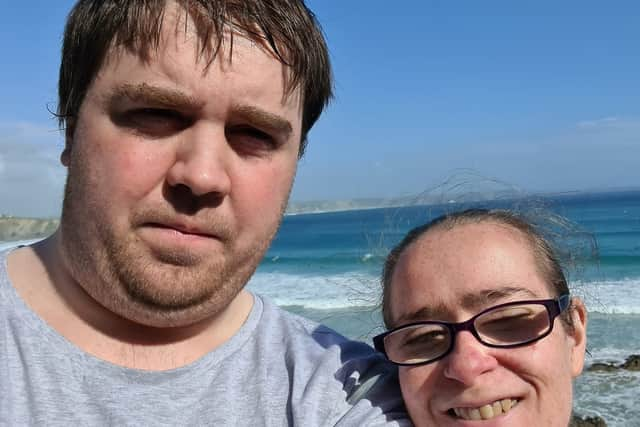

“We left our 20th floor flat at 1.19am and managed to get down in the lift at 1.21am,” the 33-year-old told LondonWorld.
“My partner dragged me away to my Mum’s place half an hour after we escaped as I was in shock.”
Advertisement
Hide AdAdvertisement
Hide AdMany of Emma’s neighbours died due to obeying a now controversial “stay put” fire policy, which said residents should stay in their flats in the case of a fire.
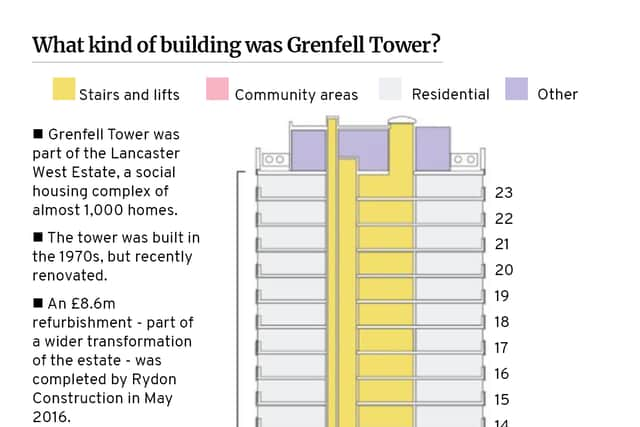

More than 220 people managed to escape the deadly inferno.
The couple had lived in the tower for five years and then moved in with family for a short while immediately after the fire.
Emma says she still suffers from post traumatic stress disorder and battles with survivors guilt, five years on.
“Coming up to the anniversary I often have moments where I wonder ‘why did I survive?’” she said.
“My PTSD is still as strong five years on.”
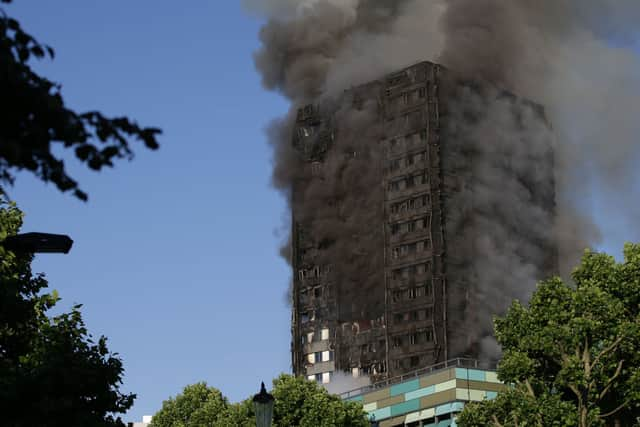

Advertisement
Hide AdAdvertisement
Hide AdThe couple are currently battling to be rehoused by Kensington and Chelsea Council, after spending four years living in a flat near three fire stations, which triggers her post traumatic stress disorder.
Emma says she checks the monitors where the fire engines go, such is her fear of being caught in another fire.
She said: “My life has changed a lot since the fire, I can’t go out without being terrified of having another panic attack.
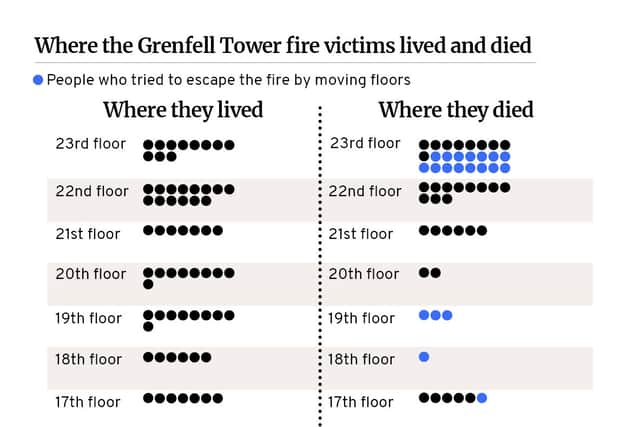

“I now live beside three fire stations and I can hear them leaving the station and I follow which direction they go.
Advertisement
Hide AdAdvertisement
Hide Ad“They’ve put us into a building, where we have had problem after problem and we didn’t even want to move in there in the first place.
“It’s taken four years for us to be put back on the housing list, we’re just not being prioritised.”
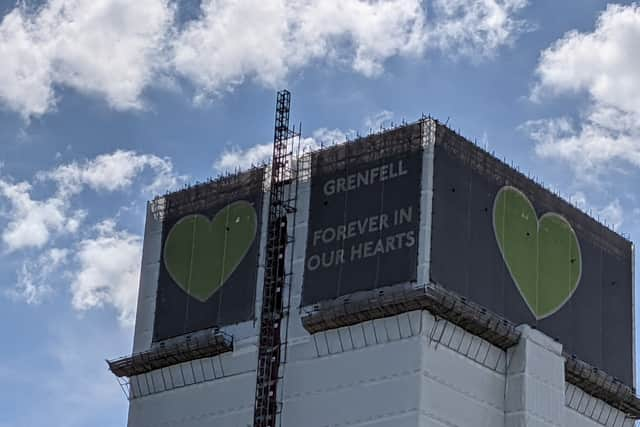

A recent report from Inside Housing revealed that The London Fire Brigade (LFB) holds no details on how to evacuate disabled residents from more than 1,000 blocks in the capital that have serious fire safety defects.
And 15 of the victims of Grenfell had disabilities which hindered their ability to escape, with the fire branded a “landmark act of discrimination” against disabled people by lawyers for their families.
Advertisement
Hide AdAdvertisement
Hide AdHowever Emma says that the blame shouldn’t be put on the fire brigade.
“It’s not the fire brigade’s fault, it’s actually the government pulling the strings,” she said.
“Being perfectly honest it shouldn’t just come down to the fire brigade, it should be the government policy to have personal evacuation plans.
“The government has proved that they never prepared for the things they messed up.”
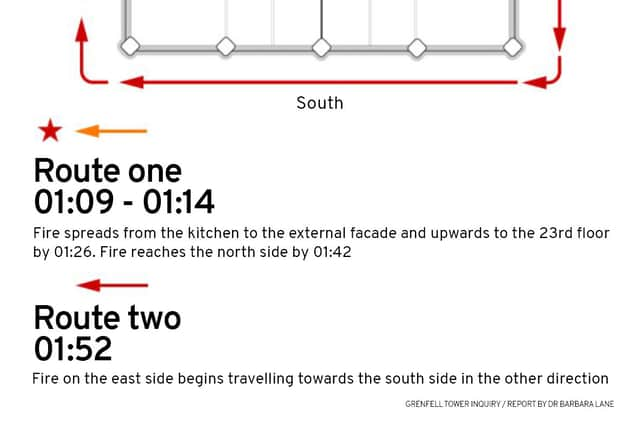

Advertisement
Hide AdAdvertisement
Hide AdAn LFB spokesperson said: “The responsible person for the building should have a plan in place to support disabled residents or those that need support to evacuate the building.
“The brigade expects the information to be kept on site and up to date so that it is available to firefighters who attend the premises.
“It’s vitally important that people feel safe in their own homes and have certainty about how to leave their building in the event of a fire or other emergency.
“We will be submitting a return to the government consultation on Emergency Evacuation Information Sharing+.”
Advertisement
Hide AdAdvertisement
Hide AdThe Grenfell Tower fire was one of Britain’s worst modern disasters, which claimed the lives of 72 people.
A Kensington and Chelsea spokesperson said: “We recognise the challenges that bereaved and survivors face as they look to the future and we have recently agreed a new Settled Homes Policy, providing additional support to those who are struggling to settle or who have a had a change in family circumstances.
“We have had 51 applications for a second move and we are committed to helping former residents of Grenfell Tower and Grenfell Walk find a home that feels like a home for life.”
Comment Guidelines
National World encourages reader discussion on our stories. User feedback, insights and back-and-forth exchanges add a rich layer of context to reporting. Please review our Community Guidelines before commenting.